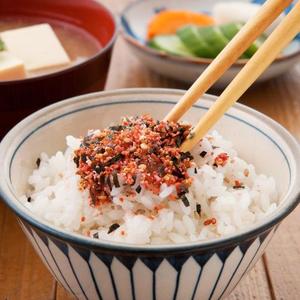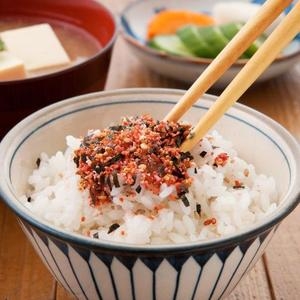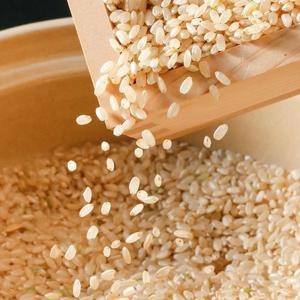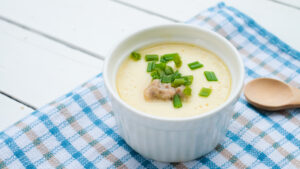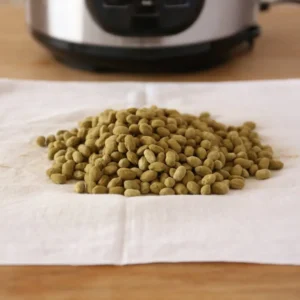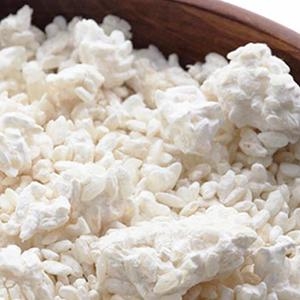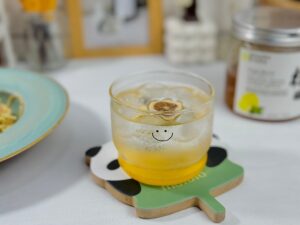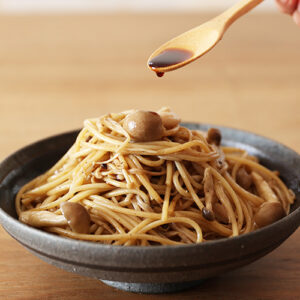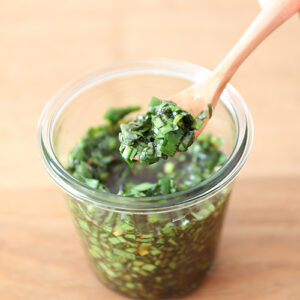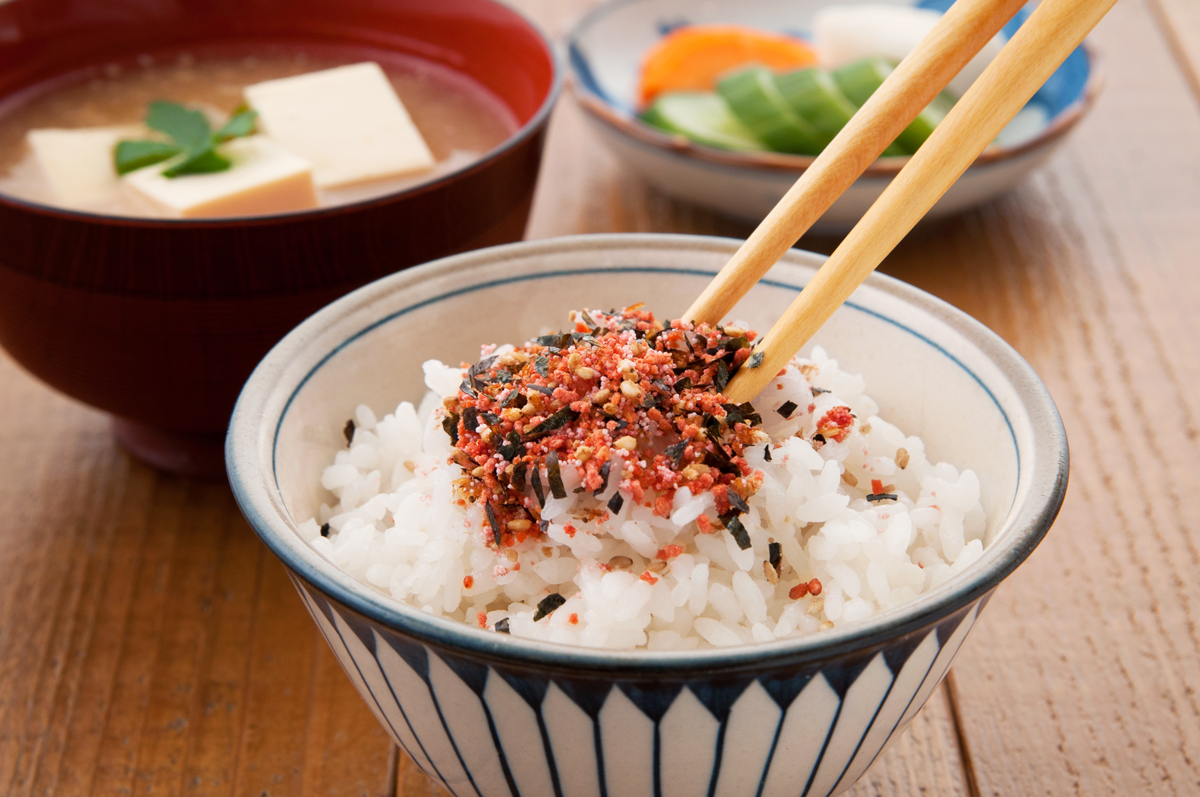
When the Japanese rice seasoning ‘furikake’ is firstly introduced, it was called “the friend of rice.” Not only have a good match with rice, but furikake is also delicious to sprinkle on top of other savory dishes.
Without further ado, let’s get you informed about furikake and its perks. Please check out our favorite furikake recipes to make at home, too!
What is Bonito Flakes?
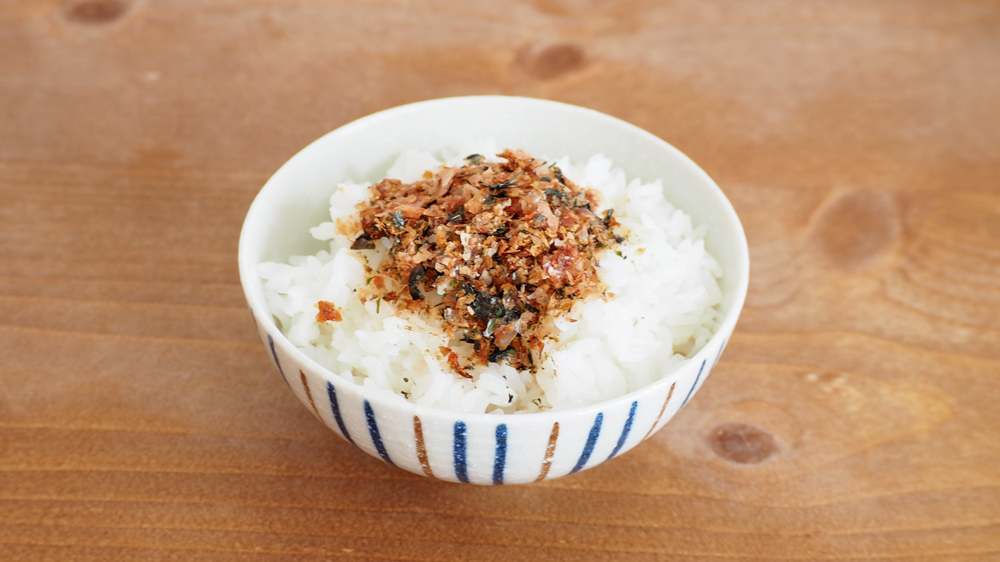
Furikake (ふりかけ), or furikake seasoning, is the Japanese condiment used to boost flavor and texture to cooked rice or some other dishes. It can consist of a mixture of shredded nori, dried fish, sesame seeds, bonito flakes, spices, shiso perilla leaves, wasabi, and more.
Although initially introduced as rice seasoning, furikake literally means “to sprinkle,” so you can also add it to rice balls, sushi rolls, fried rice, pasta, salads, or any savory dishes.
Furikake is a reliable secret weapon to transform a bowl of plain rice into a completely delicious meal in seconds. Therefore you’ll see in Japan, people stock their favorite furikake to make it accessible anytime they want a flavor booster.
History of Furikake
Furikake was a nutritional supplement made only with natural ingredients when it is first introduced. Though historians said that Furikake was discovered in the Kamakura era, the commercialization started later than that due to the demand and food deficiency among the Japanese people. During the Taisho Era (1912-1926), Japanese peoples suffered from calcium deficiency due to World War 1. Yoshimaru Suekichi, a pharmacist from the Kumamoto region, created Furikake by grounding fish bones and mixed them with roast sesame seeds and poppy seed. To address calcium deficits that happened to the children and aid calcium for the army, Furikake spread across Japan. He named Furikake “Gohan no Tomo” (Rice’s Friend).
At the end of Taisho (1912-1926) and pre-World War 2 Showa (1926-1989) periods, Japan’s Traditional healthy diet began to boost Japanese people’s lives. The manifestation of the Japanese Traditional Diet begins with introducing meat and oil introduced by the west, and Furikake was one of the key indicators for the Traditional Japanese food diet. Then, in 1959, The National Furikake Association was established, and Gohan no Tomo adopted a new name as Furikake.
Furikake Recommended Products
How to Use Furikake Deliciously?
Using furikake is very simple; sprinkle your favorite furikake on top of a dish or mix it to boost the taste. Let’s start by sprinkle the furikake on top of cooked rice, the most orthodox but delicious way.
Another delicious option to use furikake is to mix it in bento, rice balls, or sushi rolls. As the culture of using furikake is spreading overseas, people find more ways to enjoy furikake. Such as by sprinkle on fried rice, pasta, and stir-fries. Or flavoring salads, poke bowls, and popcorns.
Mix in rice balls and sushi rolls
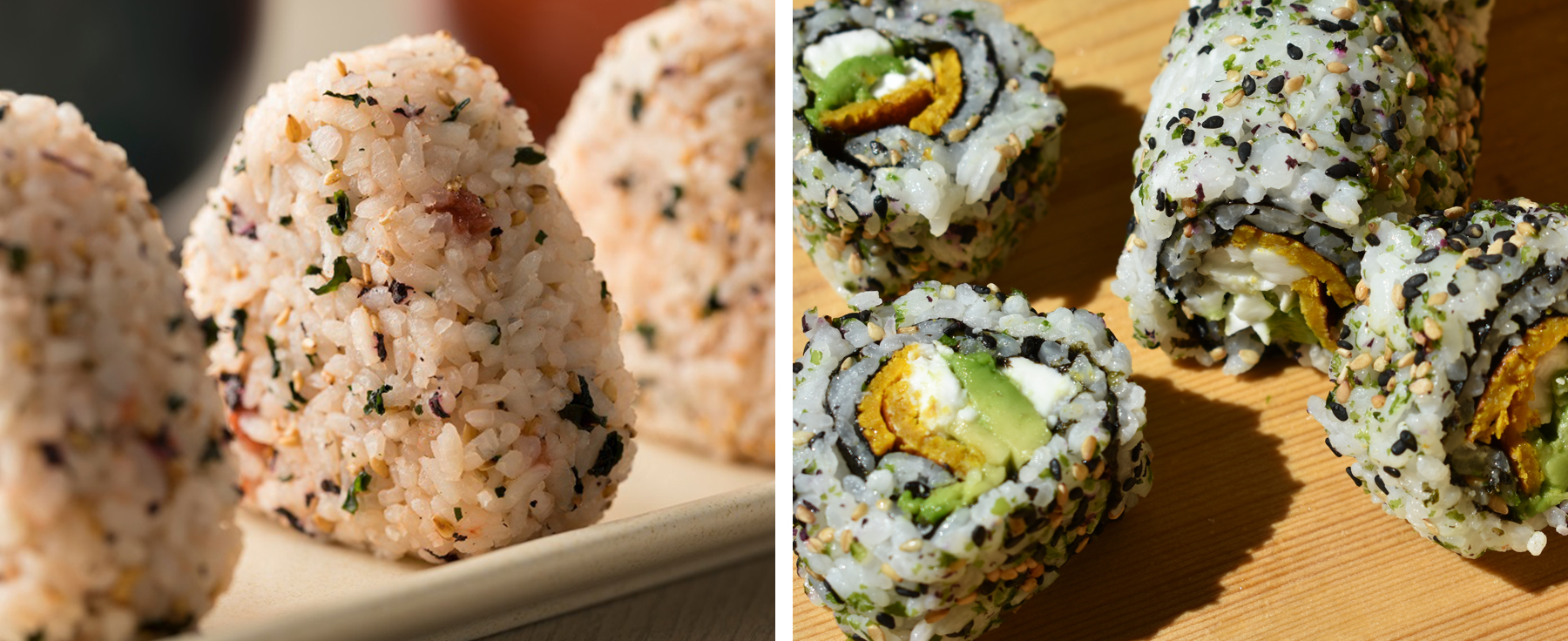
Add to bento and fried rice
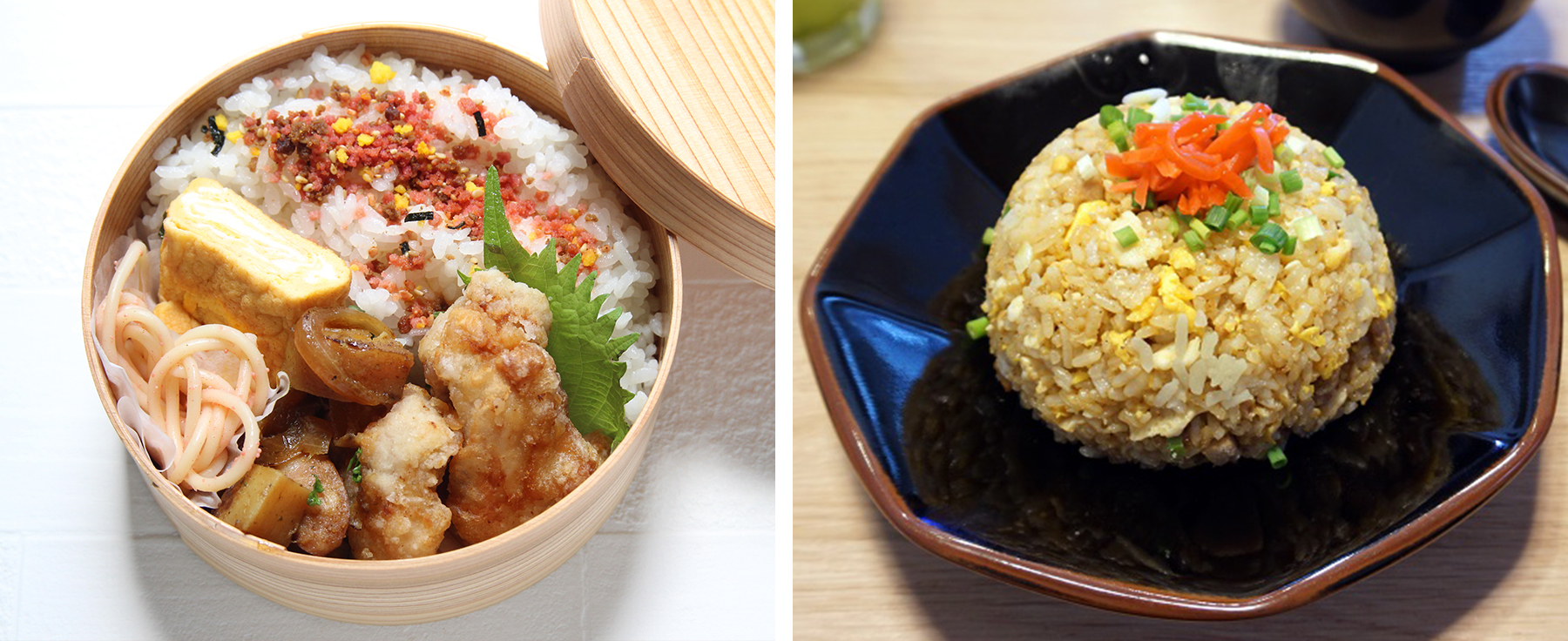
To sprinkle on pasta dishes and poke bowl
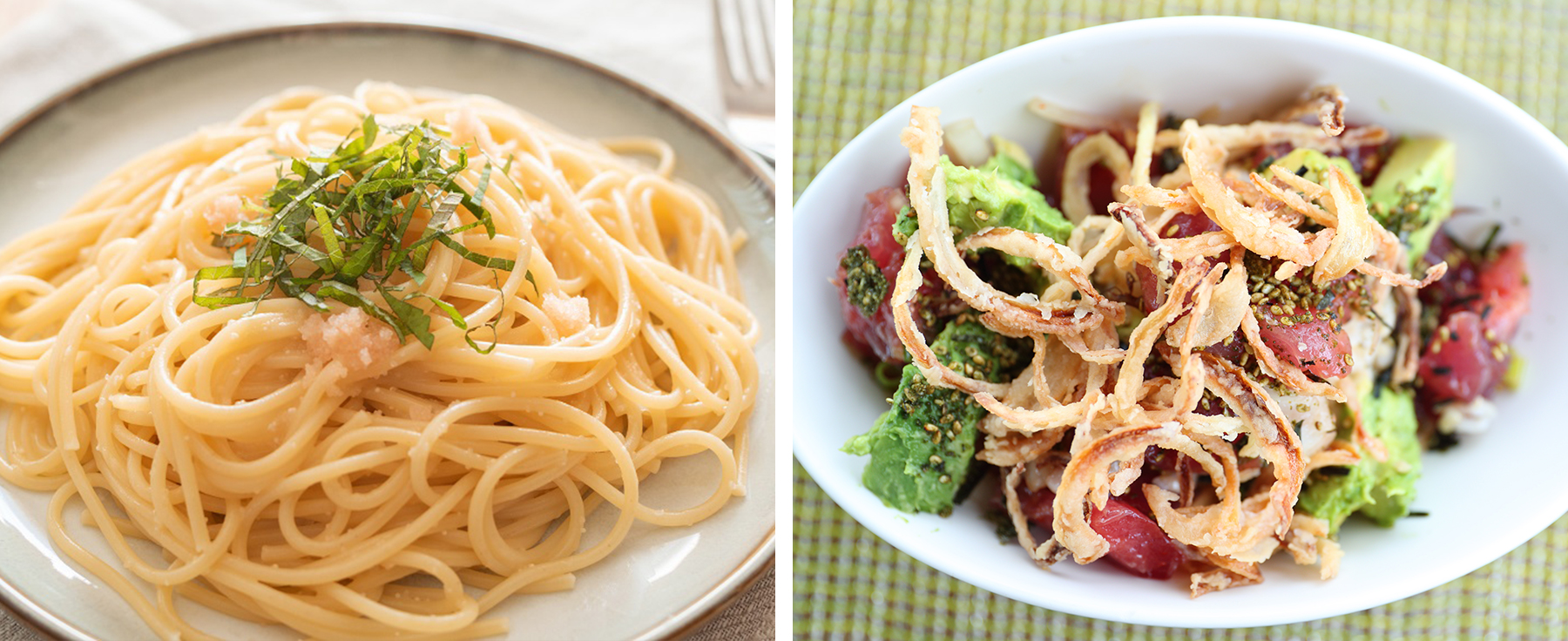
Use to make Ochazuke
On the other hand, Furikake also can be eaten with hot green tea poured on warm rice, the famous Ochazuke Furikake.
Ochazuke, or chazuke, is the Japanese warming comfort food. It is customizable and easy to make. Take your chance to try this meal once for all!
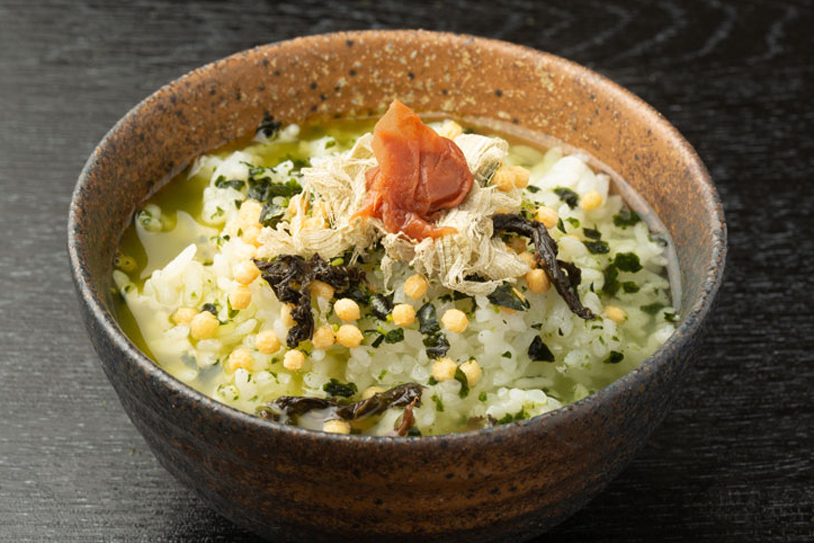
Varieties of Furikake’s Flavor
The varieties of furikake are unlimited, as everything can be the ingredients of furikake. Mixing the ingredients is also very common nowadays, so no wonder you can find so many flavors in today’s furikake!
You’ll find the most popular furikake flavors on the list below.
Nori Furikake
Nobody wants to skip adding nori in their furikake because of its briny flavor with strong umami. This ingredient goes well with many other key ingredients.
Nori flavor is often linked with the most popular furikake sold on Amazon: Nori Tama Furikake. A furikake made out of eggs and seaweed.
Learn how to make Homemade-Style Noritama Furikake >>
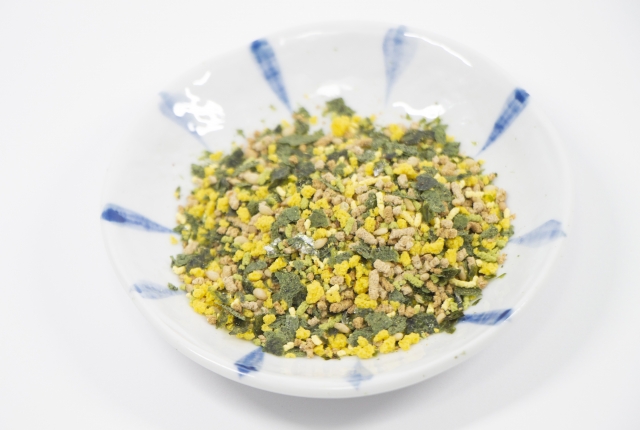
Katsuo Furikake
Katsuo Furikake holds a simple yet strong taste from the bonito fish. It is another furikake type that is indispensable from Japanese furikake.
This furikake is delicious for many dishes, even pizza, and pasta.
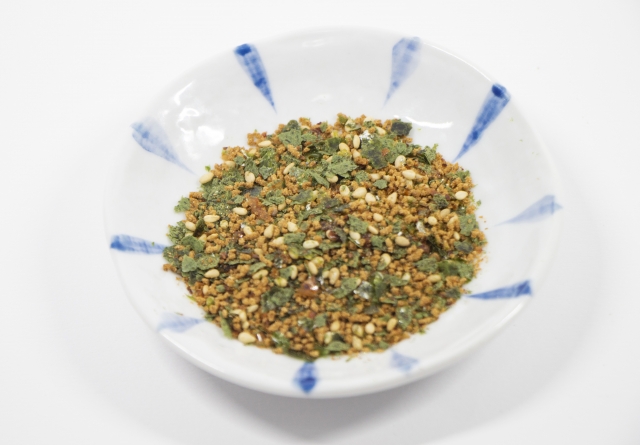
Shiso Perilla Furikake
According to a history report, shiso is a Japanese herb that was first used as a garnish on Kaisei Ryori (Japanese multi-course cuisine).
But then, to avoid waste or just like the word ‘mottainai’ popularized by the Nobel Prize winner Wangari Maathai, the Japanese started to consume it as a part of the dish. Try to sprinkle it on warm rice, fried rice, or into your salad bowl.
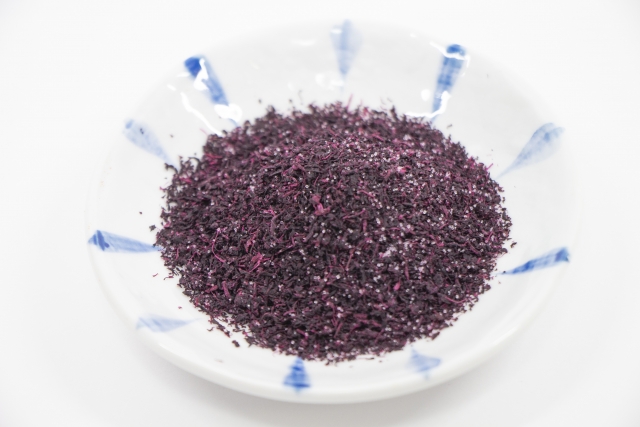
Salmon Furikake
Salmon furikake has the familiar dried salmon flavor, especially tasty when it is combined with nori and sesame seeds.
Using salmon furikake for bento will add beautiful color to the bento and at the same time provide iron and calcium.
Salmon furikake is commonly used to make onigiri (rice balls) as well.
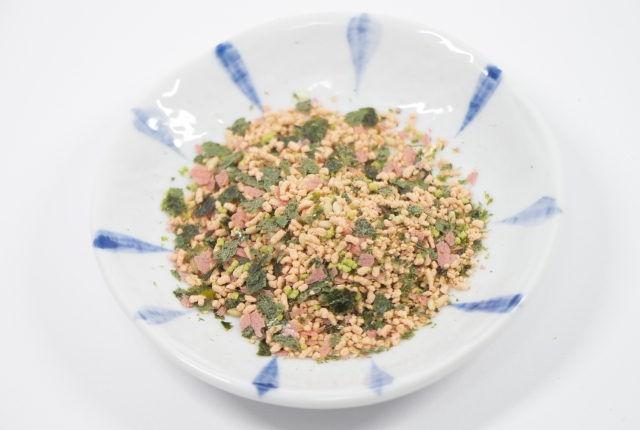
Goma Shio Furikake
Enjoy the simple taste of the well-balanced combination from sesame seed with salt that gave a pure and crunchy taste.
For those who prefer simplicity in their food, this is the most recommendable, especially for garnishing and give flavor to a salad or even pasta.
Simple as it is, Goma shio furikake is compatible with all dishes.
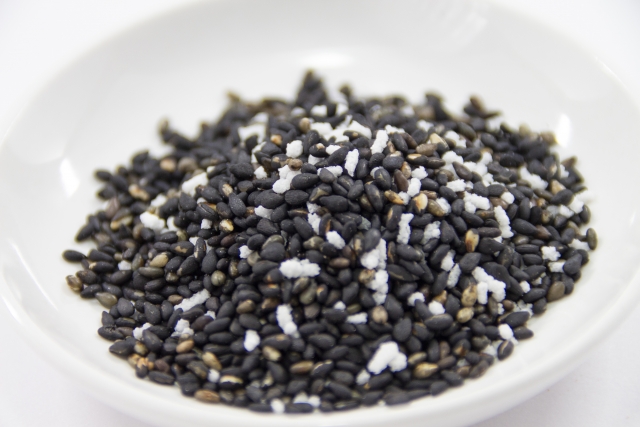
Wasabi Furikake
Made of dried wasabi (Japanese horseradish), the wasabi furikake has a punching fire taste especially loved by grown-ups.
Wasabi furikake usually packed together with other ingredients like nori, sesame seeds, and other spices.
Try its unique taste on top of cooked rice, or add it into your chazuke furikake poured with hot dashi or green tea.
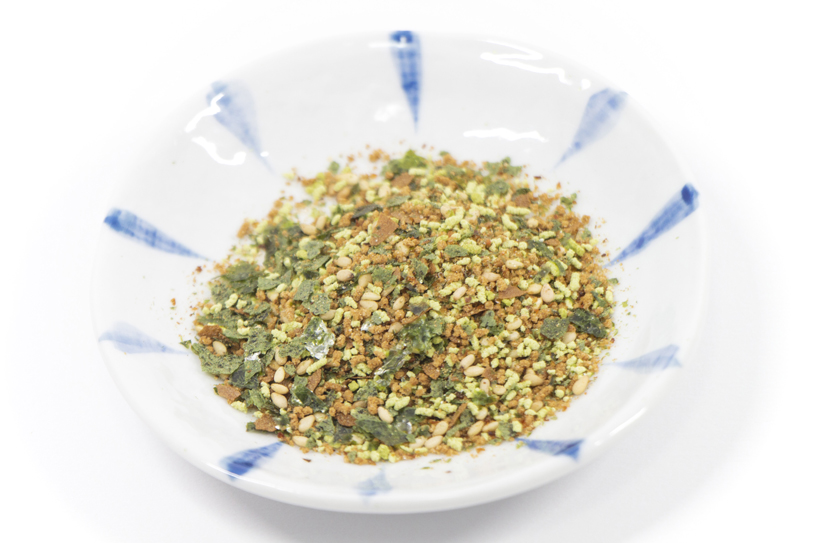
Shichimi
You can get the just-right spiciness into Japanese cuisine by adding shichimi into the dish.
Shichimi is seven spices made from chili powder and other spices. It can be seen at any table of restaurants in Japan. Those who prefer their soba or rice to have spiciness flavor can add shichimi into your bowl.
If you are interested in learning more about Shichimi, check out the article about Shichimi Togarashi below:
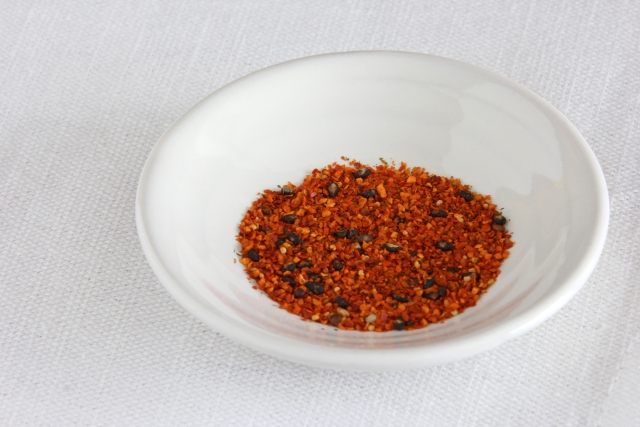
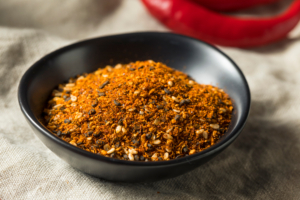
Choose the Best Types of Furikake
Dried vs. Soft Furikake
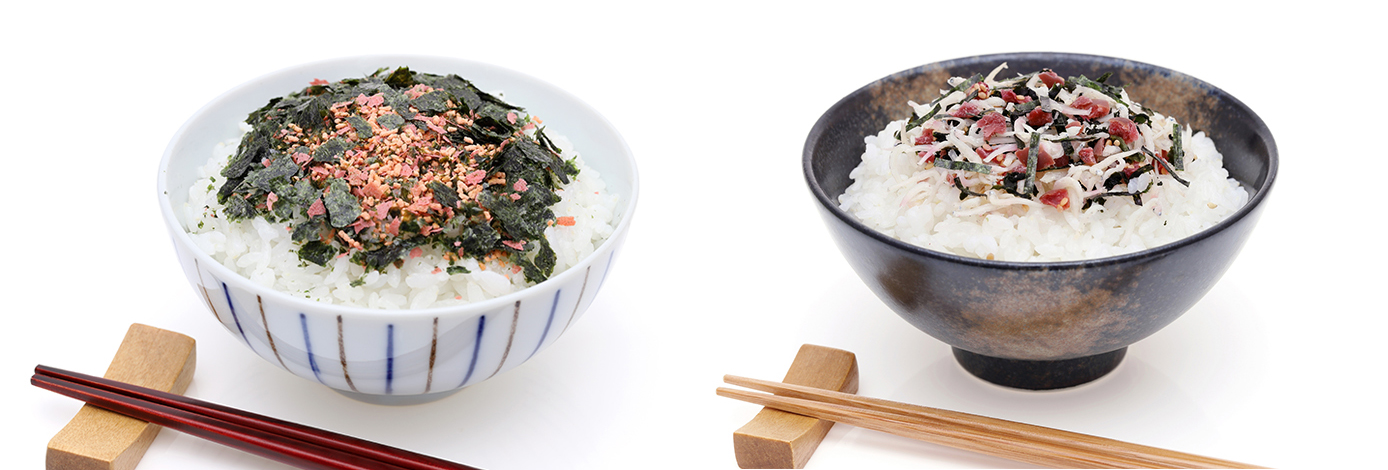
| Dried Furikake | Soft Furikake |
|---|---|
| Crunchy | Chewy |
| Expiration date is longer | Expiration date is shorter |
Dried Furikake is the classic powdered Furikake, easy to mix with any dishes. There is crunchiness that will soften and melt in your mouth or over the hot steam rice. On the other hand, the soft type has a moist texture. This soft type is able to retain the original texture without over-drying it, especially for Salmon and Plum. The real fleshy and plummy taste as you chew it. It has become a new revolution of Furikake and popular among adults.
Natural vs. MSG Furikake
Many furikake products are mass-produced to fulfill market needs. This is rather sad, but this kind of furikake tends to use MSG and other additives to make it more flavorful. Furikake that uses additives in their ingredients can be unhealthy if consumed daily.
Luckily, we can still find furikake products made with natural ingredients packed with natural umami. The natural furikake is not only healthier but also delicious as it is. Choosing natural furikake also adds peace in mind when choosing furikake for children.
Homemade vs. Store Brought Furikake
Furikake is conveniently obtainable at an affordable price nowadays. However, making homemade furikake can be an exciting experience you should try. Of course, homemade furikake can be healthier than store-bought because you only use simple seasoning (without additives). Tricky as it seems at first, making homemade furikake is just about mixing the ingredients and storing them in an airtight jar.
Some people like to make homemade furikake with leftover bonito flakes and kombu from making dashi. Other recipes also use nori, sesame seeds, chili powder, dashi powder, and many other ingredients. Be free and find your favorite homemade furikake recipe!
Keep reading to find our homemade recipe references.
Homemade Furikake Recipe
Noritama Furikake Recipe
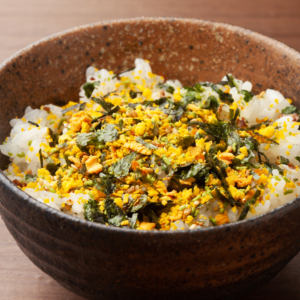
Nori Tamago Furikake
Ingredients
Instructions
- Cut the nori seaweed into small pieces in a bowl.
- Boiled the 3 eggs for 15 minutes (or until set), and take out the yolks.
- Heat the pan over low heat. Toast the nori seaweed until it crisps and transfer it back into the bowl.
- In the same pan on low heat, mash the egg yolks. Add salt, sugar, and soy sauce for seasoning. Mix well until all moisture is removed, and be careful not to overheat the mixture.":"Turn off the heat and transfer the seasoned egg yolks into a bowl.
- Add the nori seaweed and white sesame seeds into the seasoned egg yolks. Mix well again.
- Let it sit for minutes until cool. Then, transfer the furikake into a tight jar and complete.
Notes
Turnip Leaf and Small Fish Furikake Recipe
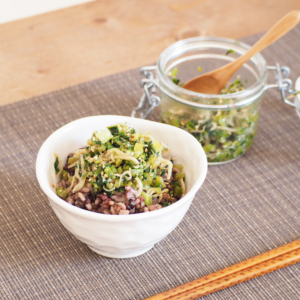
Turnip Leaf and Small Fish Furikake
Ingredients
Instructions
- Wash the turnip leaves. After that, boil them swiftly and chop them.
- Put sesame oil in a frying pan. Then, add turnip leaves, baby sardines, and salt. Fry them well.
- Add seasoning with ★ and fry until the water is gone.
- Remove the frying pan from the heat and mix the furikake sesame seeds to complete.
Notes and Tips
- Turnip leaves are rich in nutrients such as β-carotene, vitamin C, and folic acid. The turnip leaves have a little astringency, so you can enjoy it more deliciously by boiling it quickly.
Furikake FAQ
- What is furikake made of?
- Furikake was introduced to be made with simple dried ingredients like grounded fish bones, roasted sesame seeds, and poppy seeds. But these days, furikake can be made with dry or moist ingredients like dried fish, nori seaweed, bonito flakes, shiso perilla leaves, wasabi, salt, sugar, spices, etc.
- Is furikake healthy?
- Furikake is healthy if you choose furikake made with natural ingredients and made without preservatives. 100% natural furikake is delicious and nutritious because it contains the nutrients from the raw ingredients. Please choose the furikake carefully.
- How do you eat furikake?
- Sprinkle furikake on top of cooked rice. It also works to mix it in bento, rice balls, or sushi rolls. Use furikake to season fried rice, pasta, stir-fries, salads, poke bowls, and popcorns.
- Where do you buy furikake?
- Furikake can be easily found at Asian grocery stores nowadays. Find the furikake product in the dried seasoning aisle. In addition, many other furikake varieties are also available in Japanese ingredients online shops. However, we’d recommend you to choose the furikake made without preservatives so you can enjoy it without worry.
Find the natural furikake in our recommended furikake products.
- How to make furikake at home?
- Making a homemade furikake is very easy: mix your favorite ingredients and store them in a jar. You can make dry type or soft type furikake at home. Any ingredients can become furikake. Please try to make homemade noritama furikake or turnip leaf and small fish furikake, for example.
- How long does furikake last in the pantry?
- Store-bought furikake can last 6-10 months if stored in the pantry. The ideal storing method is to keep away from direct sunlight and away from places with high temperatures and humidity.
As for dried homemade furikake, it will last for 2 weeks in the refrigerator.

